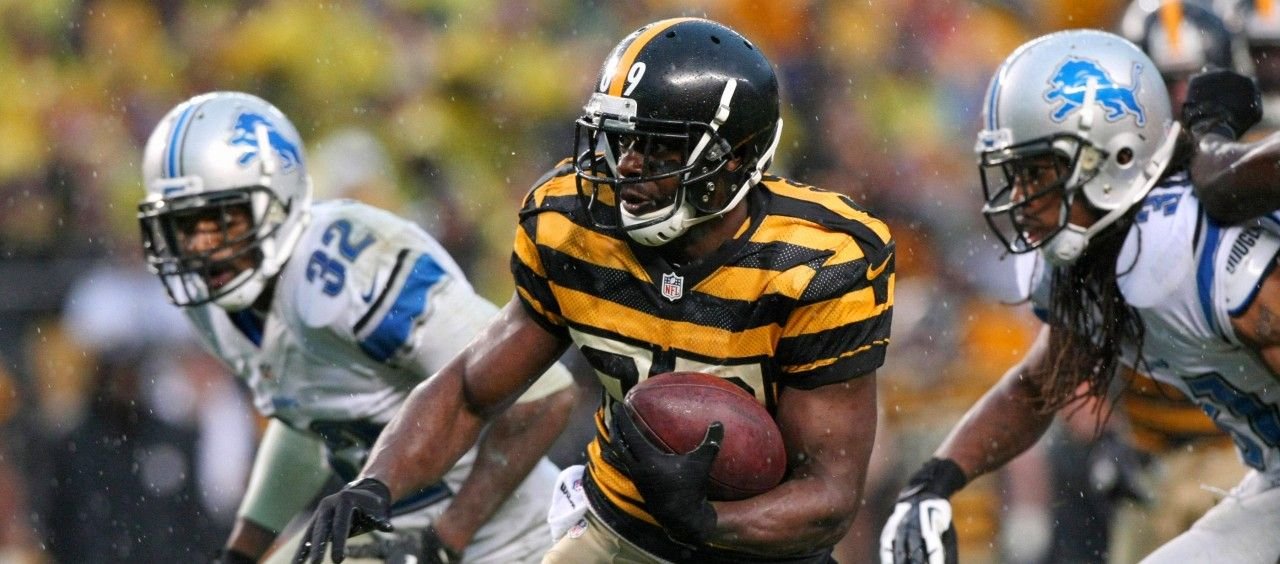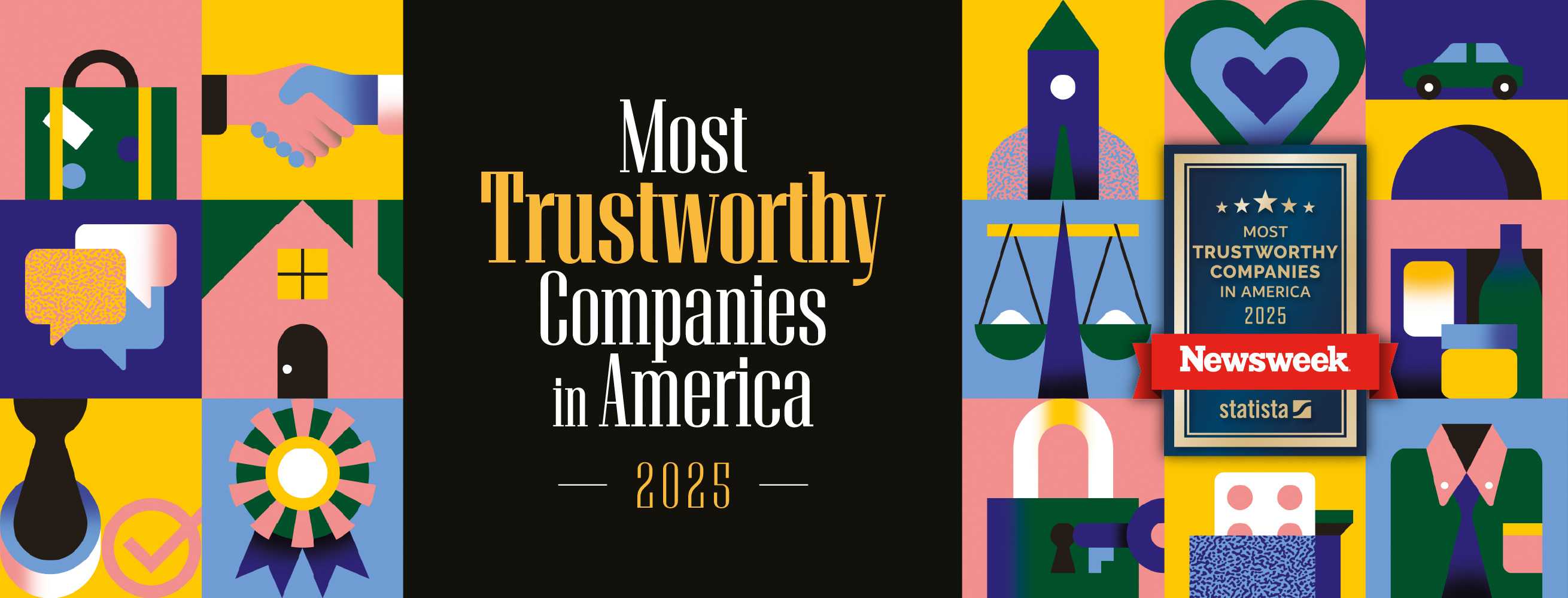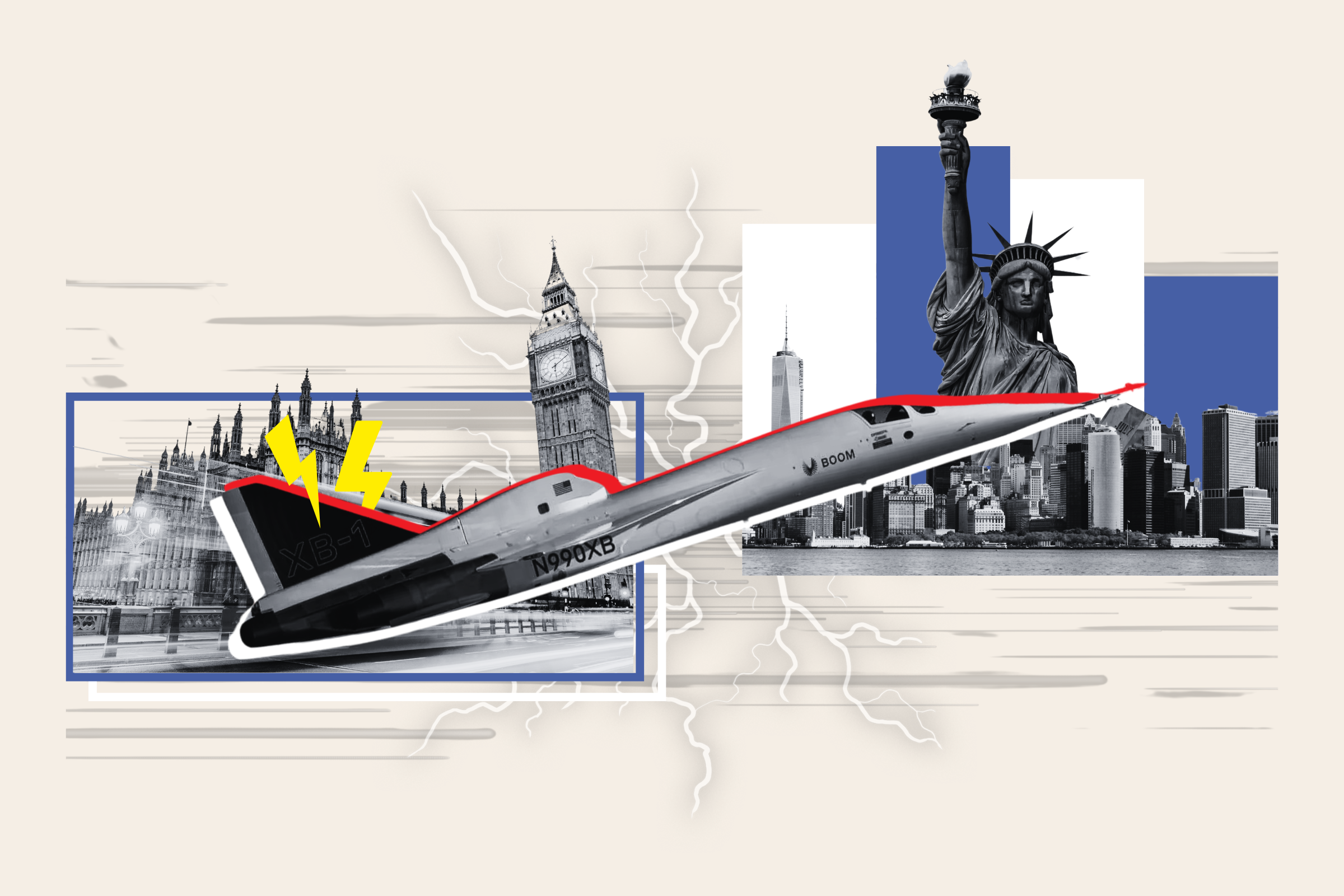
"Style is a way to say who you are without having to speak." - Rachel Zoe
The University of Oregon has played 10 college football games this season clad in 10 different uniforms - one ensemble involved black pants and jerseys with pink helmets, neither of which happen to be the Ducks' school colors.
By November 30, the Kansas Jayhawks will have modeled five different-colored helmets this year, which equals the number of wins for that program in the past three seasons.
And last Saturday Northwestern, whose official hues are purple and white, festooned its team in red, white, and blue military-inspired gear (weapons sold separately). The Wildcats also donned helmets bearing an image of the American flag. Northwestern took the field, promptly lost its sixth consecutive game, and afterward, it can only be presumed, returned the star-spangled headgear to the estate of Evel Knievel.
What is happening here? When did college football become Cher? When did uniforms cease being uniform?
Jerry Seinfeld once admonished all fans of sports teams by saying, "You're rooting for the laundry!" Nowadays, we are rooting for a double-load.
Every week is Fashion Week in college football, where orange is the new black. Or at least Oregon State seemed to think so when it outfitted its squad from head-to-cleats in that tint for a nationally televised prime-time game vs. USC. And black is the new Cardinal as Stanford, a school whose mascot nickname is literally that deeper shade of red, went Johnny Cash for a game versus Washington last month.
Well, Groucho, I just said the magic word: cash. Every new iteration of a school's uniform is another jersey a university bookstore may place on its website just in time for the holiday season. Now, instead of only having the option to purchase either a purple or white Washington Huskies jersey - excuse me, "Nike Washington Huskies" jersey - for $89.95, you may also buy a "Limited Edition" black jersey for $119.95.
And, sure, a Michigan State Full-Size Authentic Helmet ($299.95) will leave a lasting impression, and perhaps concussion, but why not upgrade to a Pro Combat Full-Size Authentic Helmet ($349.95) (never mind that gold is not a Spartan color)? Or why not both?
Revenue is one reason for fashion's encroachment on college football (in fairness to Northwestern, the school will donate 100 percent of the proceeds from auctioning off the gear its players wore in their 27-19 triple-overtime loss to Michigan to the Wounded Warrior Project). The catalysts are athletic shoe and sports apparel manufacturers, chiefly Nike, the architect of this phenomenon, Adidas and upstart Under Armour.
College football players enjoy playing dress-up and prefer uniforms with an updated sense of style. Companies are more than happy to provide free gear to schools - and to bask in the glow of attention that a uniform alteration generates - in exchange for high-profile and highly admired athletes being seen exclusively in their gear. Miami Heat forward and reigning NBA Most Valuable Player LeBron James reportedly earns $15 million annually from Nike. Oregon quarterback Marcus Mariota, who is one of the favorites to win the Heisman Trophy this season, gets a lot of cool, free clothes from the Swoosh. Maybe college athletes should first demand a day-rate before asking to be explicitly paid.
There are two more reasons fashion is so fickle in college football locker rooms, and they are linked: the first is imitation and the latter is recruiting. And both come down to one school: Oregon.
The Ducks, whose chief athletic benefactor is alumnus and Nike CEO Phil Knight, pioneered the "Never Be Seen in the Same Dress Twice" approach to the college gridiron a little over a decade ago. The program had been steadily ascending since a Rose Bowl appearance in 1994, but under coach Chip Kelly (2009-2012) and this season, Mark Helfrich, the Ducks have been a perennial top-five team. Fashion has Milan and college football has Eugene, Oregon, its epicenter of substance-meets-style.
Other programs, particularly those whose gridiron legacy is wanting, took note. The sexiest team in college football this season is Baylor. For decades the Bears were one of the more effete programs in college football, but with a new-ish coach (Art Briles, hired in 2008) and a commitment to chrome, gold, green, and black headgear, Baylor is undefeated and ranked No. 4 in the current Bowl Championship Series standings.
The Bears also lead the nation in scoring. Two things blue-chip recruits covet are high-octane offenses and swag uniforms.
And it's not just the college programs playing this game. Last week, the NBA San Antonio Spurs dressed in full camouflage uniforms. On Sunday the NFL Pittsburgh Steelers, in an ode to granny chic, wore vintage franchise uniforms from 1934 (ticket and concession-stand prices remained stuck in 2013).
However, college football is by far the most extravagant runway, inspiring its own hut couture. Last Saturday in El Paso, referees delayed the opening kickoff and ordered the home team, the University of Texas-El Paso, to return to the locker room to change out of their gray jerseys and into blue ones so as not to blend in with visiting Florida International's white jerseys. Not all wardrobe malfunctions, apparently, occur during halftime shows.
Is there any respite from this onslaught of chrome and matted helmets, or from your grandfather asking you who is playing and why the hell are they all dressed like pimps? Yes. The No. 1 team in all of college football, the two-time defending national champions, are the Alabama Crimson Tide. And they wear the same boring old uniforms their daddies did and their daddies' daddies did.
Nothing is more fashionable than success.






